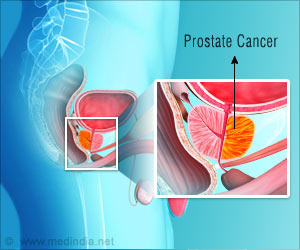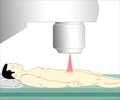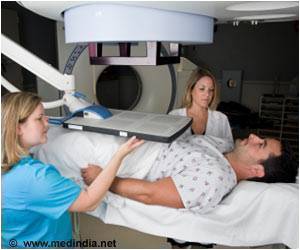Medical professionals caution that if this trend continues more men may be diagnosed at a point when their disease is too advanced for successful treatments.

In October 2011, the USPSTF issued a draft guideline discouraging the use of prostate-specific antigen (PSA) based screenings for prostate cancer after concluding the harms outweigh potential benefits. Harmful side effects of treatment may include incontinence, erectile dysfunction and radiation cystitis.
However, the recommendation was considered controversial because of uncertainty about the risk-benefit ratio of screening since prostate cancer is one of the leading causes of cancer death among men in the US, with nearly 30,000 deaths annually and some studies show that screening saves lives.
"Younger healthier men with intermediate or high-risk disease would normally be candidates for aggressive local therapy and they may not be receiving a timely diagnosis under this policy," Barocas said.
To assess the effects of this recommendation, the examiners identified new cancers diagnosed between January 2010 and December 2012 in the National Cancer Database.
They studied the trend of prostate cancers diagnosed each month before and after the draft guideline, compared with new colon cancer cases.
Advertisement
The study identified 23.1% in high-risk prostate cancer one year after the draft guideline and a drop of 28.1% in diagnoses of intermediate-risk disease.
Advertisement
The results appeared online in The Journal of Urology.
Source-IANS










![Prostate Specific Antigen [PSA] Prostate Specific Antigen [PSA]](https://www.medindia.net/images/common/patientinfo/120_100/prostate-specific-antigen.jpg)



